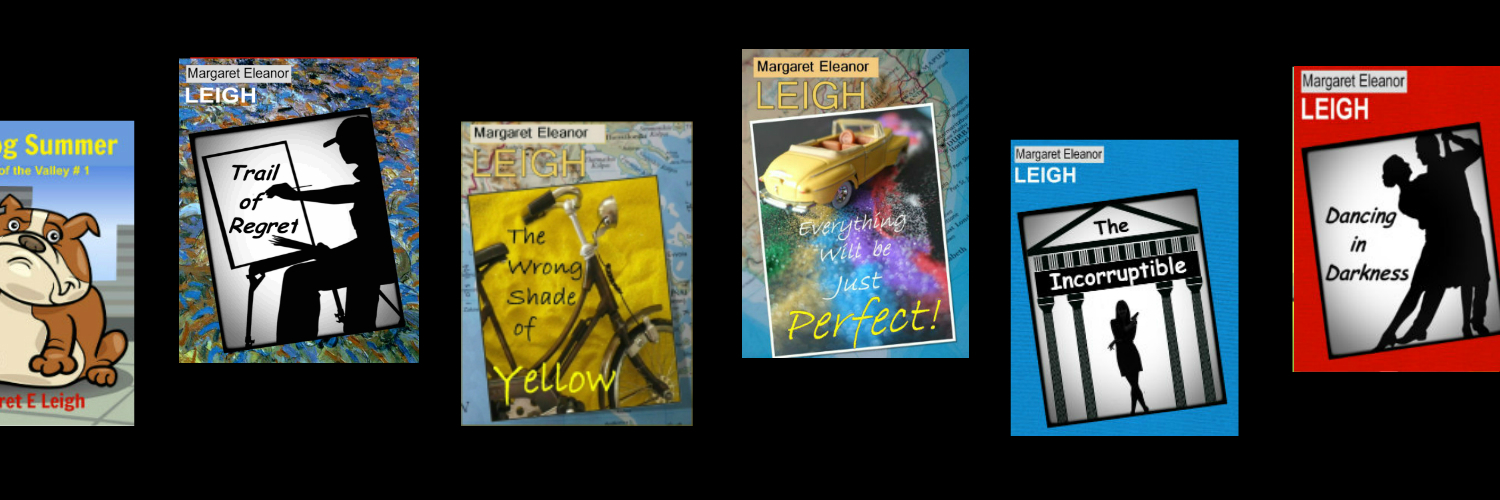
In the 1934 novel, Lust for Life, Irving Stone has Vincent van Gogh stepping off the Paris train into an Arles “drowsing in the tropical sun.” It was February, in fact, with snow on the ground, and not exactly the tropics. But Irving Stone can be forgiven, for the word ‘fiction’ appeared on the cover of his book.
There was no such disclaimer on the cover of Van Gogh: The Life, Steven Naifeh and Gregory White Smith’s 2011 biography. One newspaper critic did remark with unintended irony that the book ‘read like a novel,’ but most simply agreed with The Daily Telegraph’s assessment that the work was a ‘model of scholarship.’
And so the new definitive portrait of Van Gogh is now the one painted by Naifeh and Smith. This is most unfortunate. Messrs Naifeh and Smith have co-authored 18 works of fiction to date and are also Harvard law graduates. The problem with this particular work is that they’ve combined a desire to prosecute with their propensity for fiction-writing and they’ve called it biography.
For Naifeh and Smith take Van Gogh to court – to kangaroo court. The kangaroo court practices, which I have documented in painstaking detail for future use, fall under the broad categories of omissions, exaggerations, contorted interpretations, regular blunders and downright lies.
As a small, slight example of the authors’ lack of balance and excess of bile, I give you a simple experiment. I selected a 25-page chapter from their 868 page tomb of a book. I did not load the dice with a chapter from the Madly Religious period, nor did I opt for one from the Stir Crazy period. I chose instead something in the middle. Chapter 18, to be precise, about Van Gogh’s time in the Hague where he made figure studies of the city’s poor.
There are no less than 50 negative references in this narrow selection. We are told Van Gogh was brooding (x2), defiant, delusional, obsessive (x4), manic (x2), moralistic, and tyrannical. In his actions he is said to have bemoaned, brooded endlessly, complained (x 3), engaged in effusive flattery, exhibited manias (x3), lamented (x3), lashed out, moaned, pleaded pathetically, pretended, and showed off. He was, according to the authors, possessed of angers, delusions of solidarity, fanatic zeal, frenzy (x2), frustrations, illusions (x2), paranoia (x2), and self-vindicating tendencies. Add to this boasting, cursing, delusional inventions, fantasies of redemption, hand-wringing apologies, leaps of fantasy and unreality, lofty claims, railing, sermonising, slinking, and unfathomable circumlocutions, all the while cast adrift on a raft of lies. And this in just 25 pages…
For anyone who has read Van Gogh’s extensive correspondence or is familiar with some of the other secondary literature, this portrait is simply unrecognizable. So why this biographical lynching, something found not only in chapter 18, but throughout the book? The reasons are complex, and I won’t get into that discussion, except to draw attention briefly to an essay on the art of biography penned in 1832 by Thomas Carlyle, the Scottish philosopher. Carlyle suggests that if a writer lacks love for the subject, he or she produces “nothing but a pitiful image of their own pitiful self, with its vanities; and grudgings, and ravenous hungers of all kinds…” On Carlyle’s interpretation, and for all the pseudo-scholarly weight of its 868 pages, Naifeh and Smith’s demonized portrait of Vincent van Gogh says infinitely more about the authors than it does about the artist.